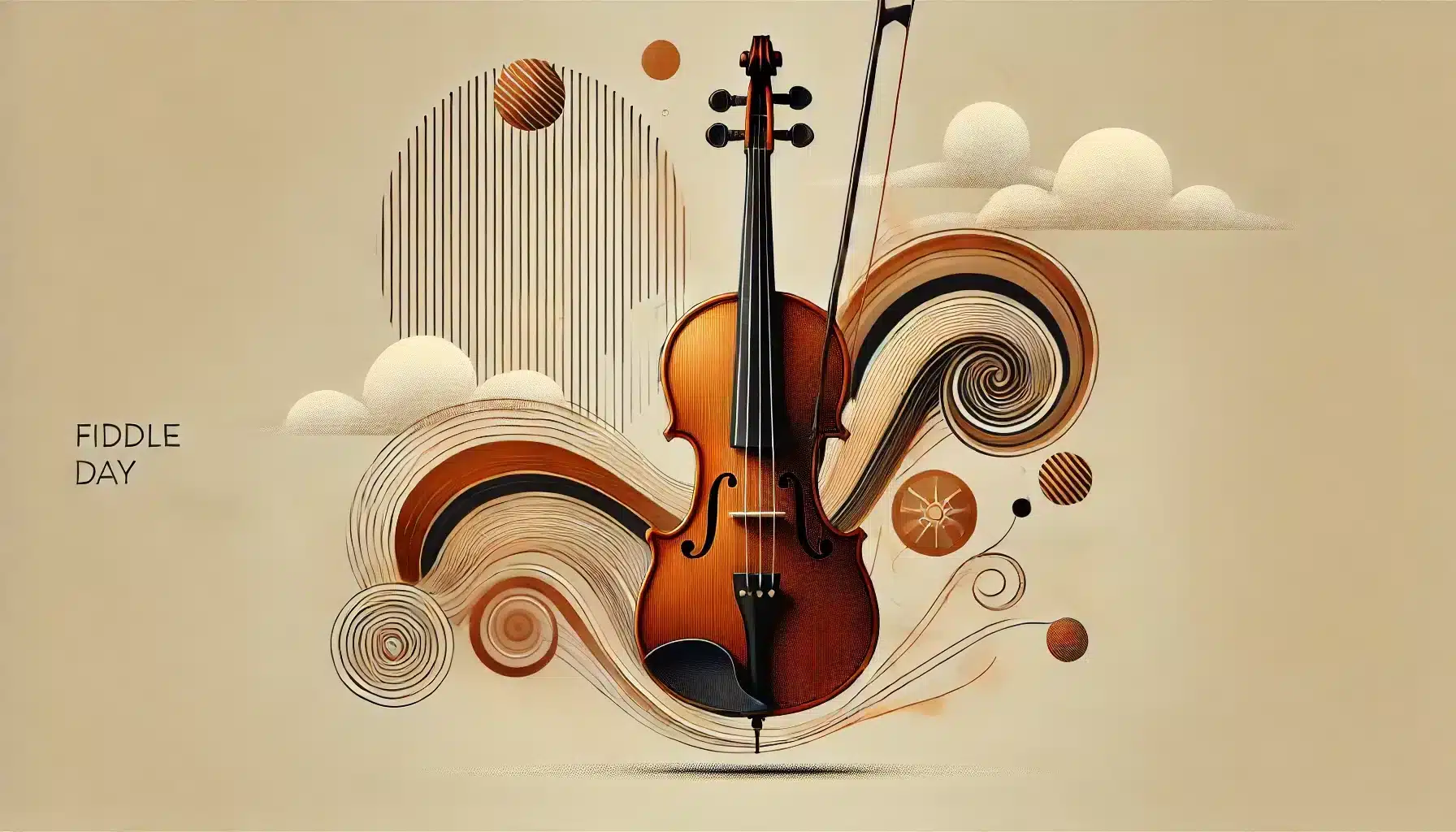What is World Fiddle Day?
World Fiddle Day is an annual celebration held on the third Saturday of May, dedicated to honoring the rich tradition of fiddle music across various cultures. The fiddle, a bowed string instrument, plays a pivotal role in numerous musical genres worldwide, including Irish, Scottish, bluegrass, and Cajun music. This day brings together musicians and enthusiasts to celebrate the instrument’s versatility and cultural significance.
History and Origin
World Fiddle Day was founded in 2012 by Caoimhin Mac Aoidh, a fiddler from County Donegal, Ireland. He chose the date to coincide with the anniversary of the death of Antonio Stradivari, the renowned Italian luthier who passed away in 1737. Stradivari’s craftsmanship significantly influenced the development of string instruments, making this date particularly meaningful for fiddle enthusiasts.
Since its inception, World Fiddle Day has grown in popularity, with events organized worldwide to celebrate the instrument’s legacy. From local jam sessions to large-scale festivals, the day provides an opportunity for both seasoned musicians and novices to engage with fiddle music.
Who Participates in World Fiddle Day?
- Musicians: Both amateur and professional fiddlers participate by performing at various events, sharing their passion for the instrument.
- Music Educators: Teachers and mentors organize workshops and classes to introduce new players to the fiddle and enhance the skills of existing players.
- Cultural Organizations: Groups dedicated to preserving traditional music host events, ensuring the continuation of fiddle music heritage.
- Community Centers: Local venues open their doors for performances, dances, and gatherings centered around fiddle music.
- General Public: Music lovers attend concerts, festivals, and community events to enjoy and support fiddle music.
Slogans and Themes
World Fiddle Day emphasizes the joy of music, cultural heritage, and community connection. Themes often highlight the fiddle’s role in storytelling and tradition. Slogans such as “Keep the Tradition Alive,” “Fiddle Your Heart Out,” and “Strings Across Cultures” encapsulate the day’s spirit.
Colors
- Red: Symbolizes passion and energy associated with fiddle music.
- Brown: Reflects the natural wood of the instrument, connecting to its handcrafted origins.
- Gold: Represents excellence and the rich history of fiddle craftsmanship.
Symbols
- Fiddle Silhouette: Represents the instrument central to the day’s celebrations.
- Musical Notes: Symbolize the melodies and tunes played on the fiddle.
- Dancing Figures: Reflect the lively dances often accompanied by fiddle music.
Patterns
- Celtic Knots: Represent the fiddle’s significance in Celtic music traditions.
- Plaid Designs: Reflect Scottish heritage, where the fiddle plays a prominent role.
- Swirling Lines: Symbolize the flowing and dynamic nature of fiddle tunes.
Most Used Hashtags
- #WorldFiddleDay
- #FiddleMusic
- #FiddlersUnite
- #TraditionalMusic
- #FiddleFest
How to Celebrate World Fiddle Day
- Attend a Fiddle Festival: Participate in local or international festivals that showcase fiddle music and dance.
- Join a Workshop: Enroll in a fiddle-playing workshop to learn the basics or improve your skills.
- Host a Jam Session: Gather with fellow musicians to play and share tunes in an informal setting.
- Explore Fiddle Music: Listen to recordings or watch performances to appreciate the instrument’s diversity.
- Support Fiddle Makers: Learn about and support luthiers who craft and repair fiddles, preserving the instrument’s tradition.
Why is World Fiddle Day Important?
World Fiddle Day plays a crucial role in preserving and promoting the cultural heritage associated with fiddle music. It fosters community engagement, encourages the learning of traditional music, and ensures that the art of fiddle playing continues to thrive across generations. By celebrating this day, we honor the musicians, craftsmen, and enthusiasts who keep this vibrant musical tradition alive.
Features
Third Saturday of May: Fiddle Day
Why do you keep falling for the same type?
Read the article Lovemaps: the hidden blueprint of our love.

